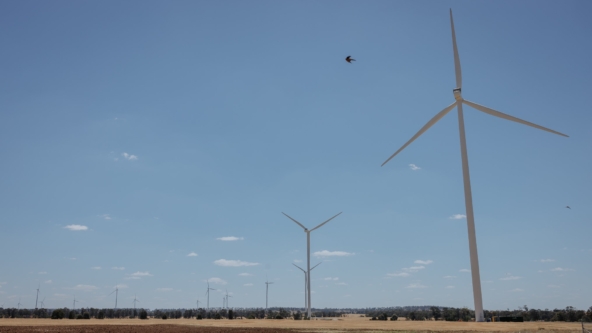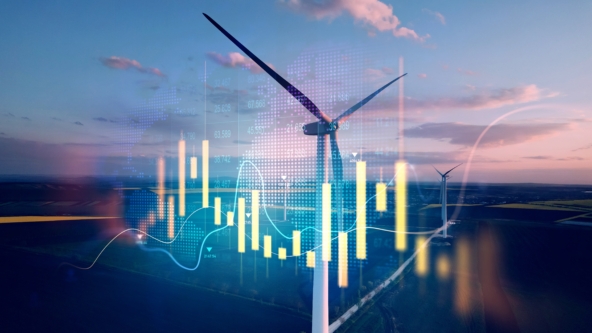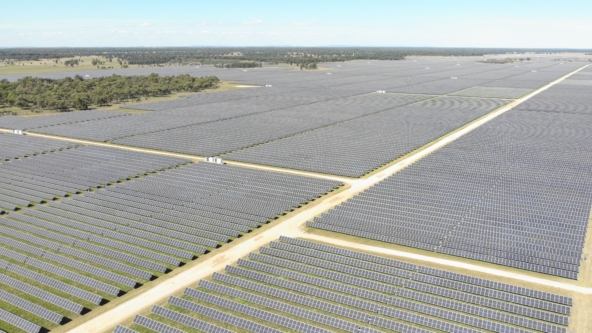The world makes large scale clean energy commitments at COP 28

COP 28, the latest meeting of the yearly UN climate change conference, concluded with its final communique including a call for all countries to ‘transition away’ from fossil fuels and ramp up renewable energy development. Whilst many found the final wording lacking, others have hailed it historic as the first time that the phase out of fossil fuels has been explicitly agreed. Earlier in the conference, Australia, together with 117 other countries, pledged to triple renewables development by 2030. The pledge aligns with the government’s recent announcement to support the expand the Capacity Investment Scheme and support deployment of 23GW of renewables and 9GW of battery storage by the same time. Whilst the positive outcomes of these statements are not guaranteed and rest with the enthusiasm of their signatories, they provide positive momentum and an increase in certainty to renewables investors across the globe.
There’s no transition without transmission; work on transmission projects progress
Transmission and network upgrades are key to supporting the NEM’s transition to renewables and unlocking renewable capacity in the regions. In the past month, two of the larger transmission projects currently underway in the NEM have progressed through important stages of their development. In NSW, TransGrid awarded the construction contracts for the HumeLink, a project which will comprise up to 360km of new high-capacity transmission lines, most importantly connecting the 2.2GW Snowy 2.0 hydro project to Sydney, Newcastle and Wollongong. Early works are to commence immediately, with construction expected to be completed in mid 2026. In Victoria, AusNet have started construction on works in southwest Victoria that is expected to increase capacity up to 1.5GW and relieve constraints seen by existing wind generators in the region. These works are part of the Victorian Government’s $540 million renewable energy zone plan to increase the state’s hosting capacity. As the adage goes, ‘there’s no transition without transmission’, and these are positive steps for accelerated renewables development in Australia.

Battery storage dominates new NEM construction starts in 2023

In encouraging news for storage in the NEM, Rystad Energy’s 2023 annual review counted 3.7GW of battery storage projects that commenced construction for the year. This was more than double the capacity of wind and solar commencing construction, which totalled just 1GW and 1.3GW respectively. Despite the relatively low year for wind and solar, the increase in battery storage meant 2023 saw the highest total capacity of new storage and renewables commence construction – with an expectation that this number will continue to grow year on year. In terms of newly operating plant, 4.6GW of new solar and wind were energised, below the necessary 6GW per year to 2030 to meet the 82% target; highlighting the scale of investment opportunity that lies ahead.
Wholesale investment into Octopus Australia’s renewable energy infrastructure fund OASIS is now open

Did you know?
It is estimated that 90 per cent of the world’s electricity can and should come from renewable energy by 2050.


